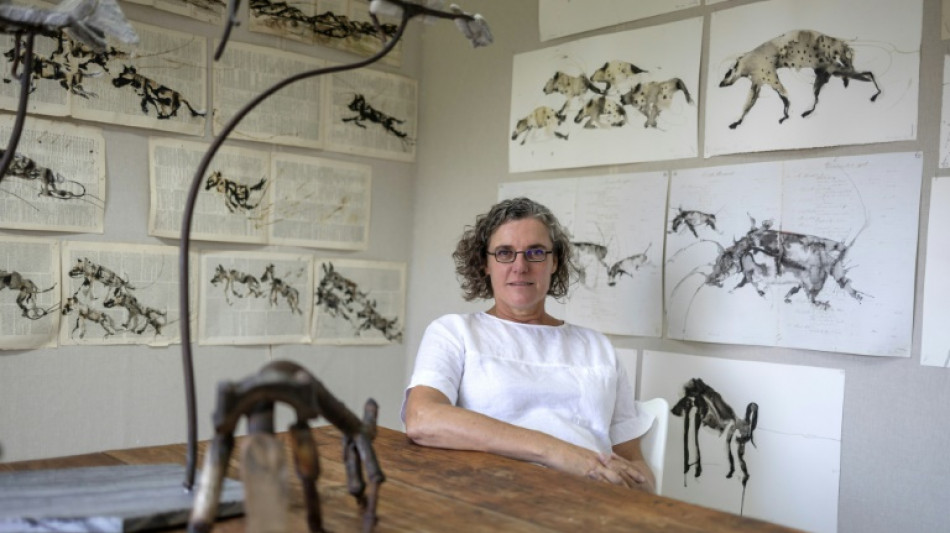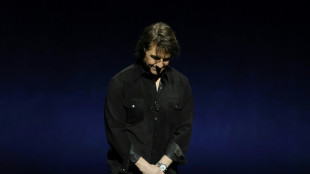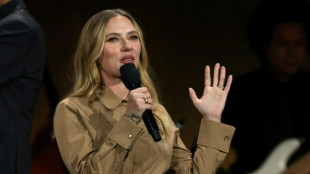

South African artist champions hyenas in 'eco-queer' quest
They are often disparaged as ugly, sly and cruel scavengers but for South African artist Hannelie Coetzee, hyenas are symbols of female power and the normalisation of queerness.
The walls of her studio in the university district of downtown Johannesburg are covered in drawings in ink and rooibos tea of the sloped-back carnivores, her heroines of the bush.
With cute ears but a frightening jaw, the animal is also represented in sculptures Coetzee fashions from scavenged materials.
"I am very curious about hyenas from an ecofeminist perspective," said the artist, whose work has been exhibited internationally.
"They're the underdog, misrepresented," she told AFP. "They have been Disney-fied, made into creatures they are not."
Coetzee, 53, identifies in the animal a "celebration of the matriarch" in packs that are led by an authoritarian female and where other females dominate, for example in the sharing of food.
She has spent hours observing the creatures in South Africa's Kruger National Park, noting the "pseudo-phallus" genitalia of the females that to an average tourist gives them the appearance of males.
"I would sketch with windows open so I could smell them," said the artist, who also has a science degree.
"I had rooibos tea in the car so I used that," she said. "Wind blew, splashes started," giving movement to the silhouettes on paper.
- 'Eco-queer'-
Coetzee grew up in a small town close to nature in the largely conservative Free State province.
She was born into a white family that was "on the wrong side of apartheid", conservative and homophobic.
"I spent years and years to unlearn so many things," she told AFP.
Also known for large murals in central Johannesburg and ecological installations such as public urinals watering plants, the artist moved to drawing during the Covid-19 lockdown.
Her fascination with hyenas is part of a wider project of "eco-queer" art that focuses on queer-like behaviour in nature, which she says can also be observed in neck-jousting male giraffes, foxes and baboons.
She focuses on the "mutual bowing, pair bonding, passionate embraces, dances, courting, mating, kisses in mid-air" of animals, her website reads.
"I am making a selection of queer creatures for this body of work to share how observing them, scientifically, contributes to the normalisation of non-heteronormative sexualities from natures perspective," it says.
Humans have been made to believe that all animal behaviour is dictated by reproduction only, but "it's much broader than that", she told AFP.
In the image of the animal kingdom, "we can be comfortable with queerness. It's not such an odd thing anymore," said Coetzee, who is married to a woman.
It is "a frightening time for otherness", she said, referring to developments under the administration of President Donald Trump in the United States, where she will be presenting a solo exhibition in Washington in May.
"I am celebrating and normalising otherness, by telling stories, showing it is not so weird," she said.
Y.Simon--JdB



